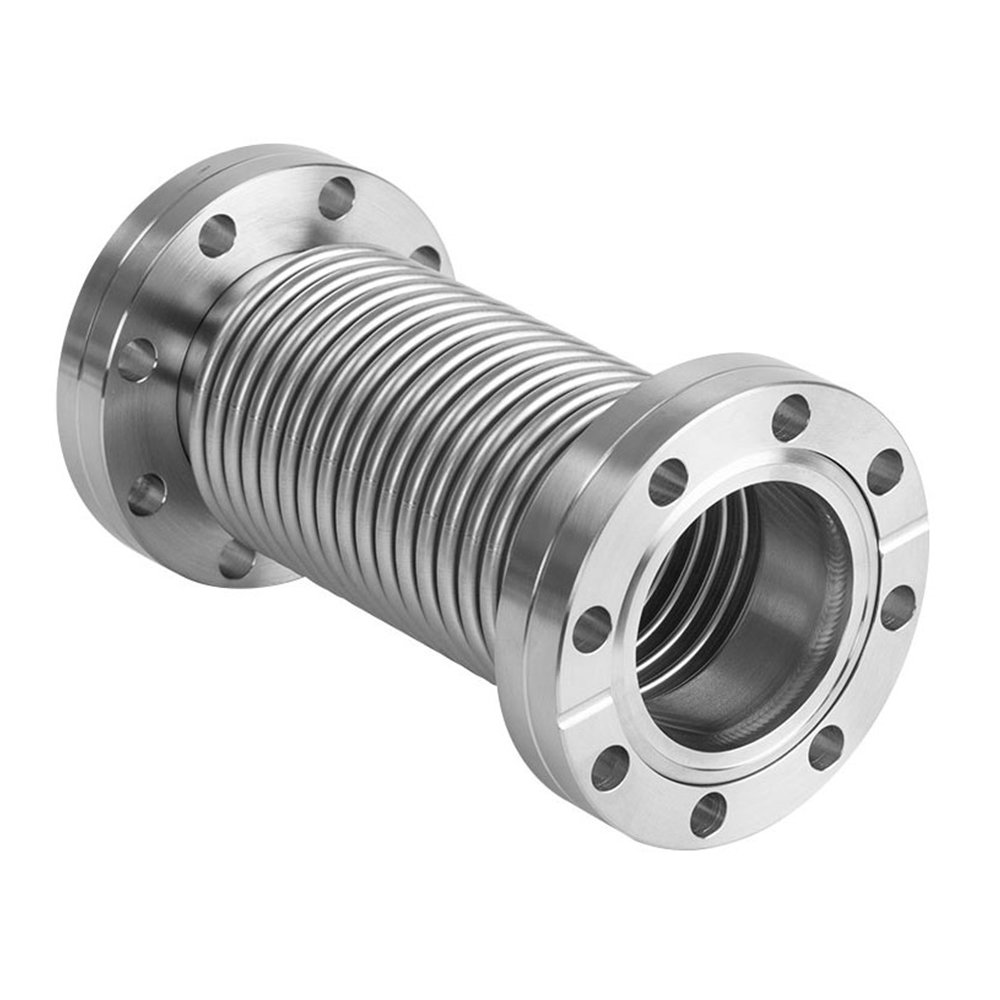
Vacuum valve refers to the vacuum state of the valve cavity, usually called negative pressure, the internal cavity pressure is lower than atmospheric pressure, the valve used for vacuum piping system, there are vacuum ball valve, vacuum butterfly valve, vacuum diaphragm valve, etc. The medium is of high purity.
Ball valves, gate valves, globe valves, etc. can be produced into vacuum valves and ordinary conventional valves. There is no difference in appearance, there are differences in the design of the valve connection parts, but only in details.
Compared with the positive pressure valve, the vacuum valve has the following characteristics:
The pressure is lower than atmospheric pressure, and the pressure drop on the disc must not exceed 1 kgf / cm2. The operating temperature of the medium depends on the process in which the device is used. The temperature generally does not exceed the range of -70 ~ + 150 ° C.
The most basic requirements for this type of valve are to ensure a high degree of tightness in the connection and the tightness of the structure and gasket material.
Vacuum valves can be divided into four groups according to media pressure:
1) Low vacuum valve: medium pressure p = 760 ~ 1mmHg;
2) Medium vacuum valve: p = 1 × 10-3 mm Hg.
3) High vacuum valve: p = 1 × 10-4 ~ 1 × 10-7 mm Hg;
4) Ultra-high vacuum valve: p≤1 × 10-8 mm Hg.
Vacuum valve widely used in the valve stem for linear motion of vacuum bellows globe valve. Gate valves are more limited, but for larger diameters, ball valves, plunger valves and butterfly valves are also available.


